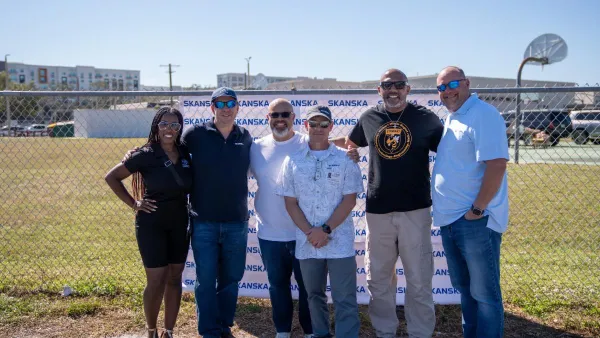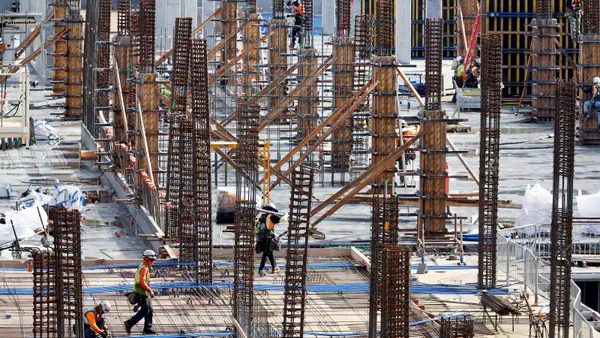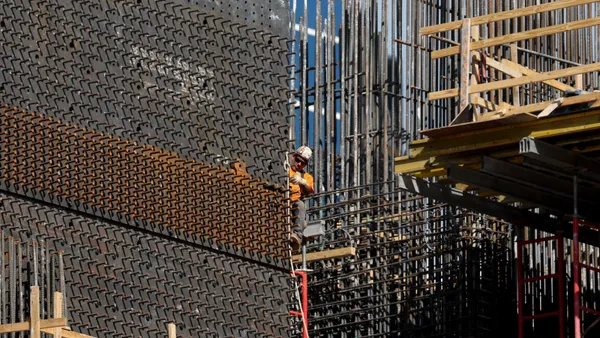Dive Brief:
- An 8.7 mile, $750 million Las Vegas light-rail system connecting McCarran International Airport, the University of Nevada, Las Vegas, a hospital and downtown could generate $2.8 billion in housing, retail, entertainment and office development around three stations, according to the Las Vegas Review-Journal. Local officials are basing that estimate on other cities including Phoenix and Denver, which have seen investment booms around their light rail stations.
- Advocates of the plan maintain that the city's Maryland Parkway corridor, where the light rail stations would be built, is ripe for such development. G2 Capital Development already has a $60 million, eight-story mixed-use project called University Gateway under construction there and completed a nearby parking garage in 2016. G2 has also purchased Campus Village, a three-acre commercial development along the parkway, that it will continue to operate as is but could be redeveloped in the future. Other potential investors interested in developing property around the proposed light-rail stations include UNLV and landowner Mike Saltman, who plans to build a shopping center within walking distance of a station.
- The Regional Transportation Commission of Southern Nevada will vote on the light rail plan in September, and officials said the commission will pursue a federal New Starts grant that could pay for up to half of the project's costs. In November 2020, Clark County residents could also have the chance to vote on a sales tax increase measure that could contribute to the light rail plan as well.
Dive Insight:
Projects eligible for the federal New Starts grant program have total projects costs valued at $300 million or more or are looking for funding of $100 million or more. The program sets aside money for projects like light rail and commuter rail and is one of the initiatives authorized by the Fixing America's Surface Transportation Act (FAST).
Before applying for money through the New Starts program, however, all projects must meet National Environmental Policy Act requirements, which is a prerequisite for receiving a Record of Decision (ROD) from the Federal Transit Administration. In order to win approval from federal transit officials, project sponsors must also provide proof that they have completed an assessment of alternatives, reviewed public comments and responses and identified what they need to do in order to mitigate potential negative effects resulting from the project.
Earlier this month, the FTA issued a ROD for the $4.7 billion BART (Bay Area Rapid Transit) Silicon Valley Phase II extension into downtown San Jose and Santa Clara, California, which allows the Santa Clara Valley Transportation Authority to begin preliminary engineering work on the rail and to apply for a $1.5 billion New Starts grant.













